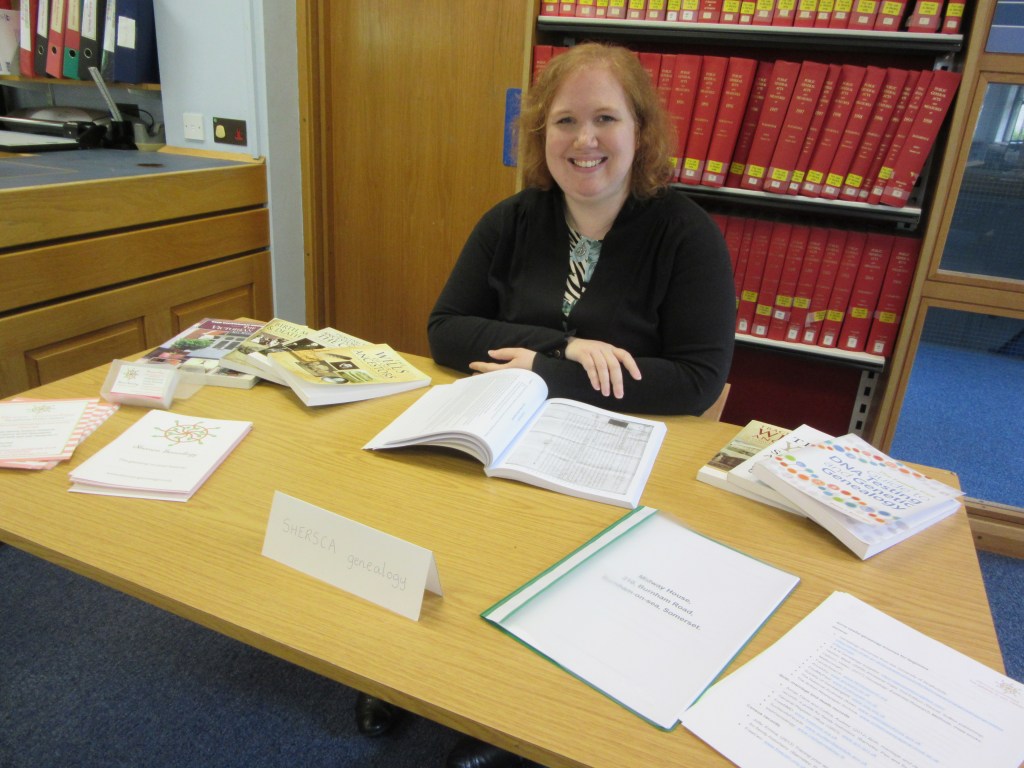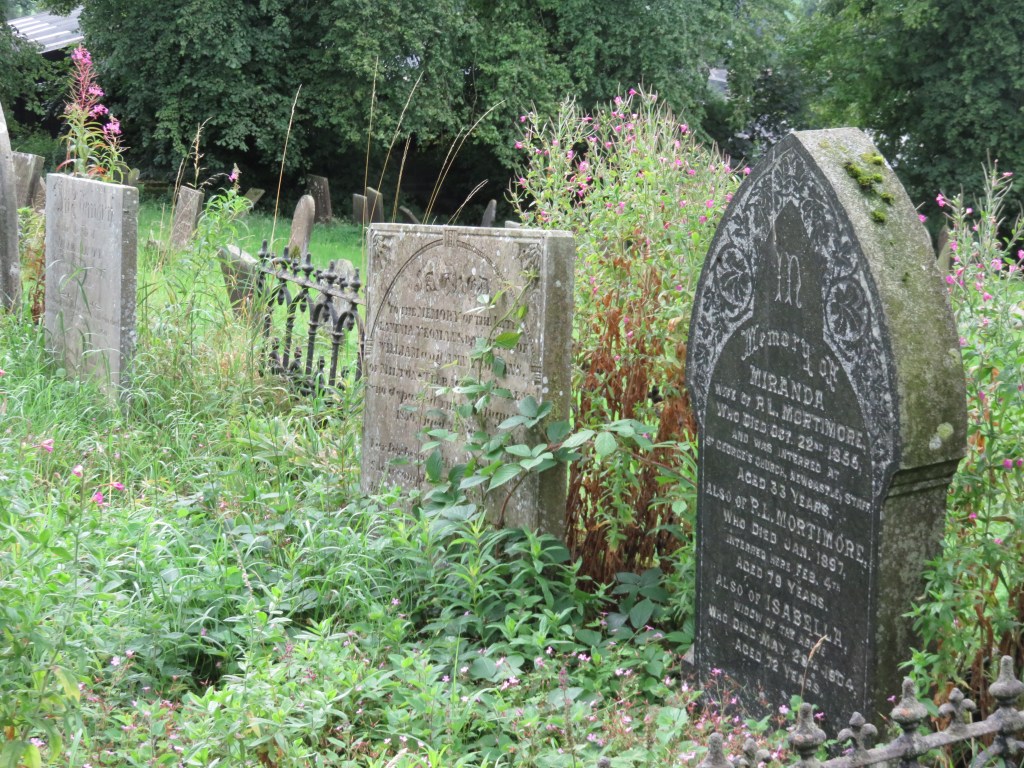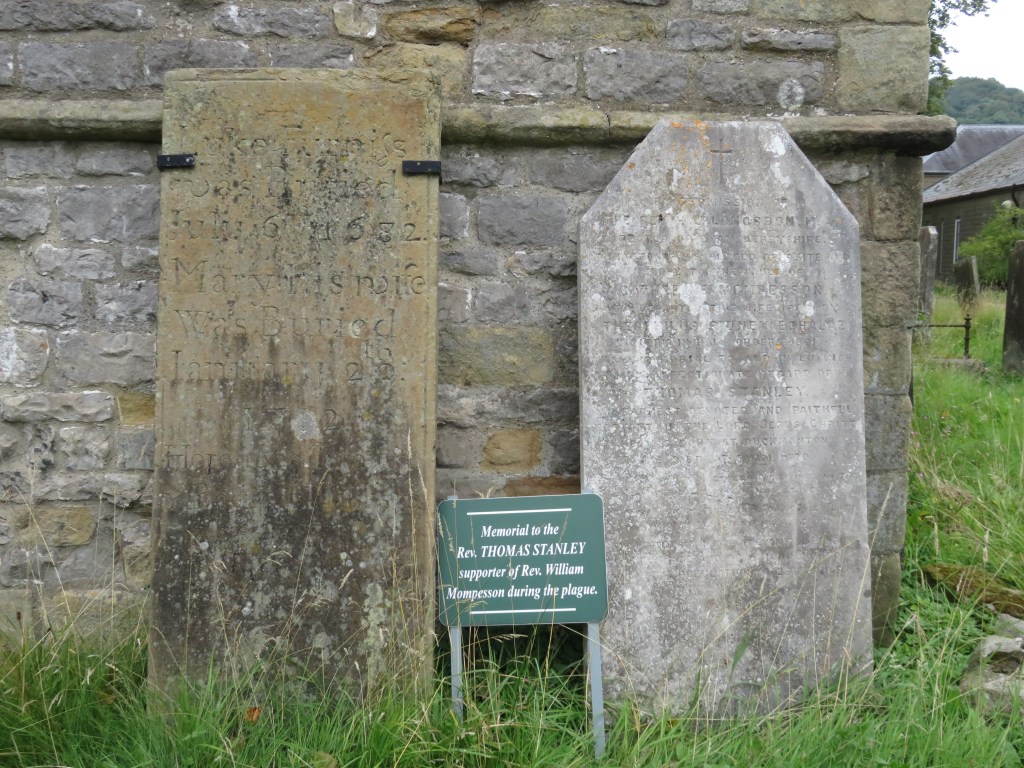For today’s blog post, I wanted to share with you all three websites that I have discovered recently. They do all have a Medieval theme, but I hope they show that Medieval research is not all dusty documents and trying to read Latin. They are by no means ‘new,’ but they are new to me. That just goes to show how much there is for us all still to learn- there is so much out there to discover!
The Gough Map
The first source I wanted to share is not a database as such, but a map. It is called the Gough Map of Great Britain and is considered to be the earliest map of Great Britain (as we would recognise it). There is much more information about the map on its dedicated website, but it seems that to this day, its origins are still unclear. Who made it? Why was it made? Exactly when was it made? Researchers are still looking for definite answers to these questions, but they believe that the earliest text dates from the 1370s. Other text has been dated to the 15th century, which suggests that the map was in use over a fair amount of time.[1]
The Map itself was part of the Linguistic Geographies project, which (in brief terms) hoped to learn more about the map itself and to present a searchable, digital version for all to be able to access.[2] The team was made up of many individuals from Queen’s University, Belfast, University of Oxford and King’s College, London,[3] with research apparently still ongoing.[4]
What can it do?
The website lets the user search for a modern place name and will then bring that up on the Gough Map. Beware that only a place name on the map will be returned. It sounds obvious, but not every place name of every town, city and village is included! There are a couple of ways to search: either through the Digital Map tab or the Search tab. The former is perhaps a bit more exciting, as it shows the map alongside the search box. Something else to be aware of, is the form of the map itself. To our view, Britain looks as if it has fallen over and is shown on its side! It takes a bit of getting used to, as does the level of accuracy. For the time, it is pretty impressive, but it is worth remembering the time in which it was made and the lack of modern tools that we have today.
Coming from the South West of England, naturally I wanted to see how that part of the country was represented. Both Somerset and Dorset were clearly named in red. I could also see Bristol and Exeter clearly marked. Dorchester was a bit more difficult and I had to use the search function to pinpoint that one- some of the text is not clear, due to its age. As mentioned above, not all towns and villages are marked, and that seems to be particularly the case in the South West. The map is a bit more detailed the further east and north you go, but it is interesting to see recognisable place names that have survived all of this time.
It has to be said that it probably won’t appeal to those not interested in mapping or with a specific purpose in mind, but I found it a fun diversion for a little while. I think it is worth exploring even if it is just to marvel at how remarkable it is for a document of its age. There are also various blog posts on the website, as well as some interpretive essays (under the Contexts tab) which give some further insight into the map and how it has been used in research so far.
The Southampton Tudor Project (Tudor Revels)
The next website is more of a database and particularly useful for those with ancestors or a general interest in Southampton (Hampshire, England). Focusing on the Tudor period of history, the website contains information for Southampton individuals between 1485-1603 and (as it notes on the website), it takes advantage of the high volume of Southampton related records that survive from that time.[5]
Like the Gough Map project website, Tudor Revels has many articles of interest relating to research performed with the available records, as well as a very useful page of links to other websites which relate to Southampton and Hampshire research. But the most amazing thing is the Records page. As the website also states, the goal was to reach 5,000 individual record entries by the end of 2013, so that gives you some idea of the scope of the project! Obviously, as researchers we should be checking the original sources wherever possible (we are all only human and errors can creep in- it is also good practice too), but as a starting point for this period of Southampton’s history, this is a wonderful resource!
I know that when I first began researching in the Medieval and Early Modern period I did feel a bit all at sea, as the sources available are so different to the ones I had been using for later periods. I feel that there is also a slight shift in mindset too. Instead of being given a good amount of information from records such as the Census, you do have to pull out smaller snippets of information from a real variety of resources. Then comes the evaluation as to whether those snippets of information are related and can help to connect the family you are working on. So a project such as this is most helpful for a variety of reasons. Firstly, it does make the records both more accessible in terms of understanding and use (the step of extracting information from the records has been performed, with any potential language barrier being overcome) and also for those not located within travelling distance to the archives where they are held. Secondly, if an individual appears multiple times over the years, the search function should be able to capture that. This also makes it quicker for the researcher in the first place, as they do not have to spend the time trawling through the records themselves. Thirdly, there always seems to be a ‘References’ tab on each person’s entry so that the original could be accessed and checked in the future.
 |
| Photo by Denny Müller on Unsplash. Not all Medieval Genealogy is like this! |
What can it do?
It is true that there are always caveats and that is the case for any resource. There still needs to be an evaluation of the entries found, to assess the relevance to the research being performed. Also, we do have to remember that there is the possibility of human error in entering data, not to mention errors made in the original record (it can happen!), spelling differences, palaeographical issues, translation issues and probably others which I have not mentioned. That all being said, this is a resource that is still well worth exploring for yourself.
There is the ability for a simple or advanced search, the latter enabling the use of specified search terms including name, dates, nationality, parish and trade. There are also currently 20,412 individual entries (ordered by name) which is more than a fair amount.[6] Sadly, my target surname of ROWSELL (which I always use as it is useful for my One Name Study) returned no results at all. That is not surprising, as my theory is that the name is much more Somerset based in general. However, picking the name ‘Robert’ at random, returned over 800 results, all of which can be sorted by date (ascending or descending). Each person entry contains timeline, details, finances, and biography tabs (as well as the references tab). Not all of these tabs are populated, but the timeline for one Robert a Bere records entries that could be attributed to him between 1513-1528. This Robert was a carter and possibly born in around 1490. It seems that he took trips carrying goods to Sarum (Salisbury, Dorset) on a fair few occasions and the sources for this information can be found in the References tab. Sometimes I feel that the references could be a bit fuller, so that they connect more easily with the bibliography of records used on the website. But, I would certainly recommend having a look if you have ancestors from Southampton, or are interested in the area during the Tudor period.
England’s Immigrants
The final website I want to talk about in this post is another database of names, but as the title suggests, this concerns those who immigrated to England in the Medieval period. This project has captured names from a slightly earlier period to the Tudor Revels, as the target period here is 1330-1550. It is a joint project between the Universities of York and Sheffield, along with The National Archives (Great Britain) and the Humanities Research Institute.[7]
Now, many of these websites and databases are not necessarily created specifically with genealogists in mind, but the outcome is that they can be useful to those from multiple disciplines. Historians researching all aspects of this period of history would no doubt find it useful, as well as us genealogists. Imagine in this case, that you came across an ancestor who seems to have been a migrant in this period. This would be a good resource in which to help with research into that ancestor. In modern thinking, we perhaps think that migration is a newer phenomenon and that our ancestors did not move around a great deal at all. That may have been the case for some. I certainly have ancestors who stayed generation after generation in the same village or area. But there is always an exception which proves the rule. There are those that did move around more that we thought they would have. Recently reading The Book of Margery Kempe[8] really brought that home to me. My thoughts on that work would fill another blog post I am sure, but simply put, she was a Medieval woman alive in the early 1400s and undertook many religious pilgrimages. She travelled to Jerusalem and Santiago de Compostela in Spain. She travelled to what we would now consider to be Germany and that is not to forget the amount of travelling she undertook around England. My point here, is that people can and did travel, so it is not so impossible to think that some of our ancestors could have been immigrants from other lands, even during this earlier period.
What can it do?
The England’s Immigrants website contains around 64,000 names which are fully searchable. The resources used come from a variety of sources, but the one which made me aware of this website, is taxation documents.[9] There were various taxes on immigrants into England and where these documents survive, they can tell us a little about those who migrated into the country from elsewhere. There is a detailed background section on the website which goes into this in more detail,[10] but the search function works much like the Tudor Revels project website. There is a simple or advanced search, the latter enabling the searcher to specify things such as name, dates, occupation, title, relationships, nationality, document type- the list goes on. There is also the option to browse the entries instead. It needs to be remembered though, that at this time, it was not just those who came from the continent or beyond who were considered immigrants, but also anyone coming in from Scotland or Ireland too.
One aspect I did like regarding the search function of the database, was the option to filter by place of residence. I was then able to narrow by county, so naturally I chose Somerset. There are not as many entries for Somerset as for other counties (I believe the sources have not all survived quite as well), but there were entries right through from the 1330s to the 1540s. There were also a range of nationalities represented, including ‘Dutch’ (which may mean German more than Dutch), Norman, Irish, Hollander, Breton and Fleming to name a few. The largest group by far were classified as French- they accounted for 91 of the 745 entries. It is worth bearing in mind here, that some entries may not have a defined nationality attached and that the nationalities used may be slightly different to what we would think of them as today.
Each individual record contains (where available) name, place of residence, place of origin, nationality, duration of stay, the document the information was taken from (with much fuller references!) and links to other people or entries. I was interested to find a man from Picardy named Peter le Monyer who was resident in Wells, Somerset in 1337. He came from Amiens and was a domicile in the household of William de Montagu. A bit closer to home, a Utrechter named John Vanuttricioum was resident in Crewkerne, Somerset in 1436. There was also a Norman from Rouen name Clement Rowsell in 1544, who had been resident in England for 20 years. I see a possible future avenue of research for a connection between ROWSELL and potentially French origins in terms of spelling and local corruption of that spelling…!
Overall though, this is another website I would recommend, even if it is just to explore the early immigrants to your own area.
In conclusion…
I am sure there is much more that I could say about all three of these websites, but I will finish here by insisting you go and explore them yourselves. Until next time!
[1] Bodleian Libraries. The Gough Map of Great Britain: About. http://www.goughmap.org/about/ : accessed 02 November 2022.
[2] Ibid.
[3] Bodleian Libraries. The Gough Map of Great Britain: About- Project Team. http://www.goughmap.org/about/project-team/ : accessed 02 November 2022.
[4] Bodleian Libraries. The Gough Map of Great Britain: Home- The Gough Map of Great Britain and its Making. http://www.goughmap.org/ : accessed 02 November 2022.
[5] The Southampton Tudor Project. Tudor Revels Southampton; About & Links- The Southampton Tudor Project: From Records to Revels. http://www.tudorrevels.co.uk/links.php : accessed 06 November 2022.
[6] The Southampton Tudor Project. Tudor Revels Southampton; Welcome to the records. http://www.tudorrevels.co.uk/records.php : accessed 06 November 2022.
[7] England’s Immigrants 1330 – 1550: Resident Aliens in the Late Middle Ages. Home: Welcome to the England’s Immigrants database. https://www.englandsimmigrants.com/ : accessed 06 November 2022.
[8] Windeatt, Barry, ed. (2004) The Book of Margery Kempe. Annotated edition. Suffolk: Boydell and Brewer Ltd.
[9] England’s Immigrants 1330 – 1550: Resident Aliens in the Late Middle Ages. Home: Welcome to the England’s Immigrants database. https://www.englandsimmigrants.com/ : accessed 06 November 2022.
[10] England’s Immigrants 1330 – 1550: Resident Aliens in the Late Middle Ages. Background. https://www.englandsimmigrants.com/page : accessed 06 November 2022.









